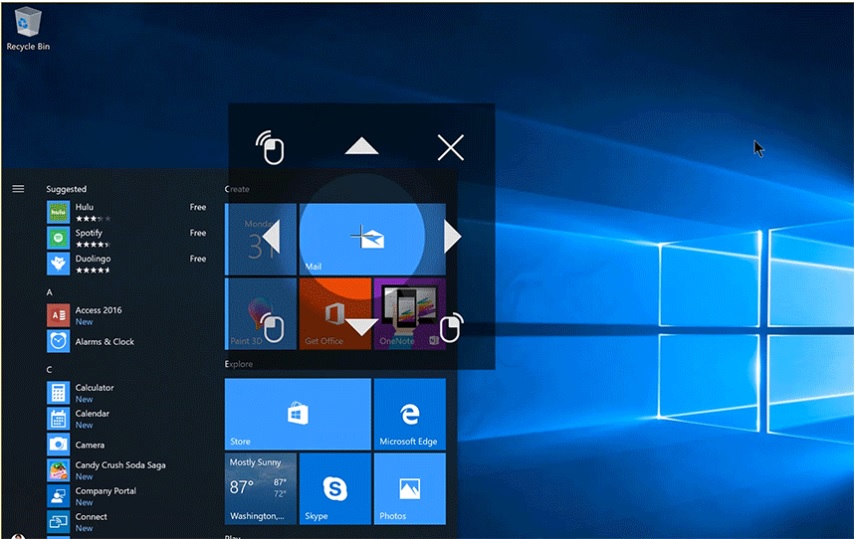

Microsoft is reportedly in the final stages of preparing its Windows 10 operating system to run on ARM based chips.
The idea of running the Windows 10 OS on an Qualcomm’s Snapdragon 835 chipset has been on the cards for a while now, and would signal an end to Microsoft’s reliance on Intel’s x86 instruction set.
It was in December last year that Redmond and Qualcomm signed a deal to support Windows 10 on next generation Qualcomm Snapdragon processors.
Traditionally Windows and its associated app ecosystem have run on the x86 instructions set created by Intel decades ago.
But ARM’s instruction set is different, which is why it dominated the mobile chips arena thanks to better battery life, while Intel remains the desktop and laptop processor champion.
This forced Microsoft to develop separate mobile operating systems (i.e Windows Phone) that could run on ARM-based processors.
And we all now how that ended with the agonised and drawn out death of Windows Phone.
And earlier this month Microsoft even signalled the end of its mobile intentions altogether, when it said it would halt development of Windows Mobile.
Yet despite Microsoft’s retreat from the mobile sector, Qualcomm has been developing its chips capable of running the full Windows 10 operating system.
It previously said the chips would make their debut towards the end of 2017, and this still seems to be the case.
And now it seems the chips are in the final stages of testing, and Microsoft and Qualcomm have entered discussions with carriers on sales channels for the Windows 10 Snapdragon-powered PCs.
According to Trusted Reviews, Microsoft is already testing “hundreds” of devices running Qualcomm processors to check Windows compatibility.
And Microsoft is already touting the battery life of these new devices.
“The final numbers aren’t in, but the battery life is really, really good,” Pete Bernard, Principal Group Program Manager for Connectivity Partners at Microsoft told Trusted Reviews. “Amazingly good. To be frank, it’s actually beyond our expectations. We set a higher bar for [our developers], and we’re now beyond that.”
“It’s the kind of battery life where I use it on a daily basis, I don’t take my charger with me. I may charge it every couple of days or so. It’s that kind of battery life,” he added. “I would consider it a game-changer in terms of the way people have experienced PCs in the past.”
Unfortunately for Microsoft however, the company has little credibility when it comes to hardware, especially as Redmond also abandoned its Windows RT experiment soon after its launch.
With CEO Satya Nadella focused solely on Azure and the cloud, his decision to abandon first Windows Phone and then Windows Mobile, has alienated an entire community of loyal users and developers, who are unlikely to give Redmond another chance in the hardware sphere.
American space agency prepares for testing of Boeing's Starliner, to ensure it has two space…
As UK and Europe develop closer military ties, European Commission says it will invest €1.3…
Zuckerberg seeks to revive Facebook's original spirit, as Meta launches Facebook Friends tab, so users…
Notable development for Meta, after appeal against 2021 WhatsApp privacy fine is backed by advisor…
First sign of shake-up under new CEO Lip-Bu Tan? Three Intel board members confirm they…
Trump's nominee for SEC Chairman, Paul Atkins, has pledged a “rational, coherent, and principled approach”…